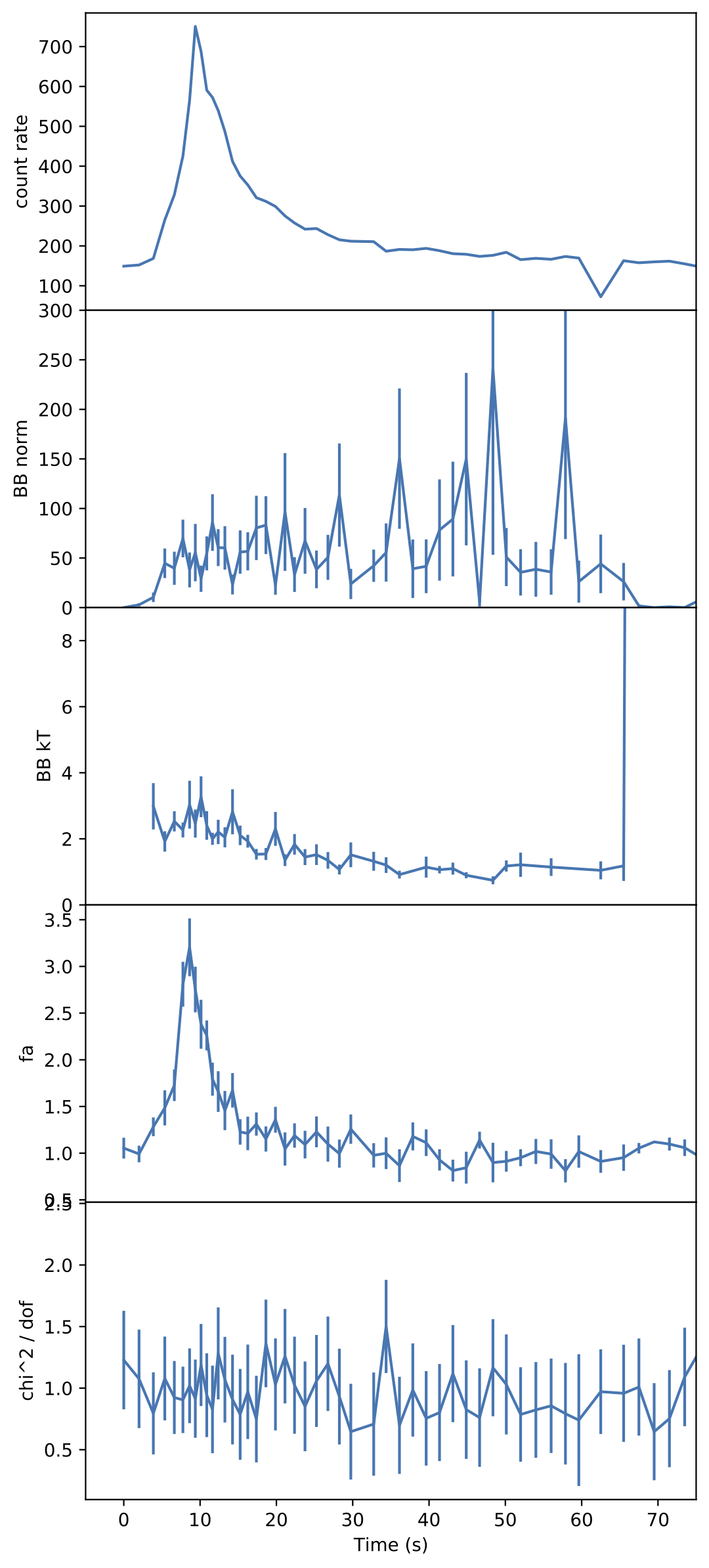NICER / ISS Science Nugget
for July 15, 2021
NICER Confirms a Neutron Star Resides in the Historical X-ray Binary 4U 1730-22
Discovered in 1972 by NASA's Uhuru satellite (the very first X-ray astronomy satellite observatory), the binary star system 4U 1730-22 lay dormant for nearly 50 years until it was detected again on 7 June by JAXA's MAXI payload on ISS. NICER began observations soon thereafter to monitor the transient outburst's evolution. At 13:14 UT on 9 July, NICER detected a so-called Type I X-ray burst from 4U 1730-22.
X-ray binary systems are comprised of a massive, compact star -- either a neutron star or a black hole -- that draws matter, typically hydrogen and helium atoms, from a lighter companion star. With black holes, much of this accreted matter falls past the event horizon, never to be seen again. With neutron stars, however, the gas accumulates on the surface, becoming compressed to extreme densities and temperatures until a runaway thermonuclear fusion reaction occurs. The resulting explosion is detectable at great distances as a bright flash of X-rays: a Type I X-ray burst. Only neutron stars produce these bursts, and so NICER's detection establishes that the accreting object in 4U 1730-22 is a neutron star, not a black hole.
The accreting matter in these systems forms hot swirling disks that shine in X-rays distinct from the explosive bursts. NICER's spectroscopic (X-ray energy) measurements as a function of time provide a means of distinguishing disk emission from burst emission, and modeling of these spectra yields insights into how the "mushroom cloud" explosion from the surface interacts with the accretion flow (rightmost figure below).
These results were reported by Dr. Peter Bult (NASA GSFC & Univ. of Maryland) and colleagues in Astronomer's Telegram #14769; a peer-reviewed publication is in preparation.


Figure: Left: Brightness of the Type I X-ray burst, lasting tens of seconds, seen from 4U 1730-22 (a.k.a. MAXI J1733-222) as measured by NICER in three X-ray photon energy bands: soft (green), hard (blue), and both together (red). Credit: G. Jaisawal, Technical Univ. of Denmark. Right: The time evolution of model parameters resulting from fits to NICER spectroscopic data shows how the size (second panel from top) and temperature (third panel) of the thermonuclear fireball change across the burst, and also reveals that the accretion disk around the neutron star briefly brightens (fourth panel) too, as a result of interactions with the burst outflow. The top panel represents burst brightness (similar to blue points in the leftmost figure), and the bottom panel shows fit quality clustering around 1.0 as expected.
<< Previous
Main Index